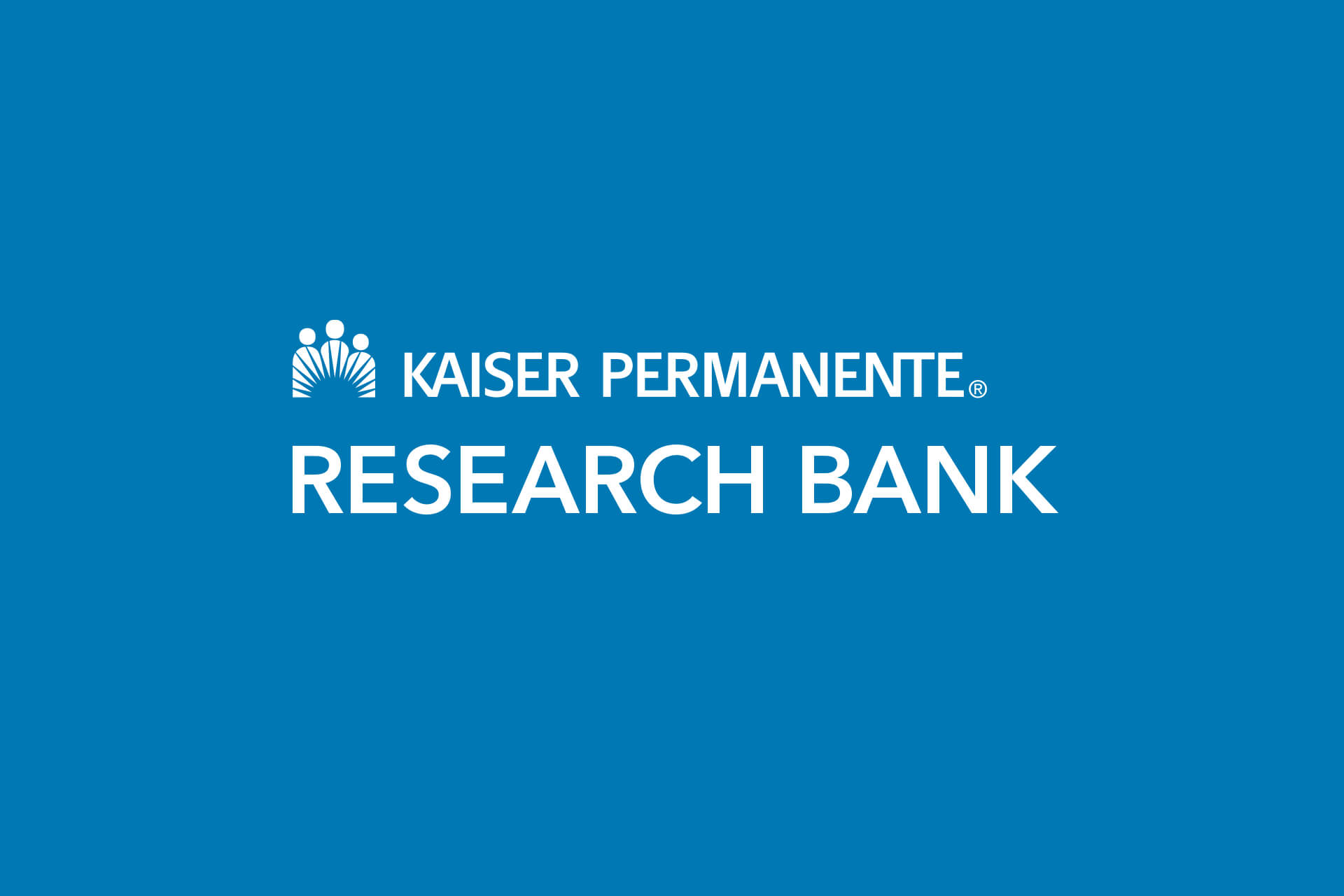Thank you for your continued participation
In our last newsletter, I shared some highlights of the work we’ve accomplished together during KP Research Bank’s first 10 years. I’d like to tell you about some additional highlights made possible by your contributions.
Over the past 10 years, data from the KP Research Bank has supported research on many conditions, including cancer, cardiovascular disease, dementia, diabetes, migraines, multiple sclerosis, glaucoma, bipolar disorder, infectious diseases, and musculoskeletal conditions. Take a look at our list of research underway to see some of the more recent studies. Without your ongoing participation and support, this research would not be possible.
The KP Research Bank’s wide-ranging studies are led both by Kaiser Permanente scientists as well as by colleagues from other health care organizations and academic institutions throughout the United States. It is through both internal collaborations and external partnerships that we’re able to carry out these studies. Our partners include, among many others, the University of California, Stanford University, Johns Hopkins University, Harvard University, Emory University, and the University of Washington.
Needless to say, as a health care and research organization, we are very proud to have created and to continue to support one of the largest population-based biobanks in the world. Our participants, who come from many different backgrounds, allow our research findings to better apply to everyone, which is truly one of the KP Research Bank’s strengths.
And speaking of the KP Research Bank’s strengths, we are delighted to introduce our newest team member! In this newsletter, you’ll meet Dr. Robert Hufnagel, a physician-scientist and medical geneticist at KP Hawaii. In addition to his ongoing clinical and scientific work at KP Hawaii, Dr. Hufnagel also leads research using KP Research Bank data. We are so pleased that he chose to join our outstanding team.
Thank you for your ongoing participation and interest. We could not do this work without you.

Devin Absher, PhD
Vice President,
Kaiser Permanente Research




